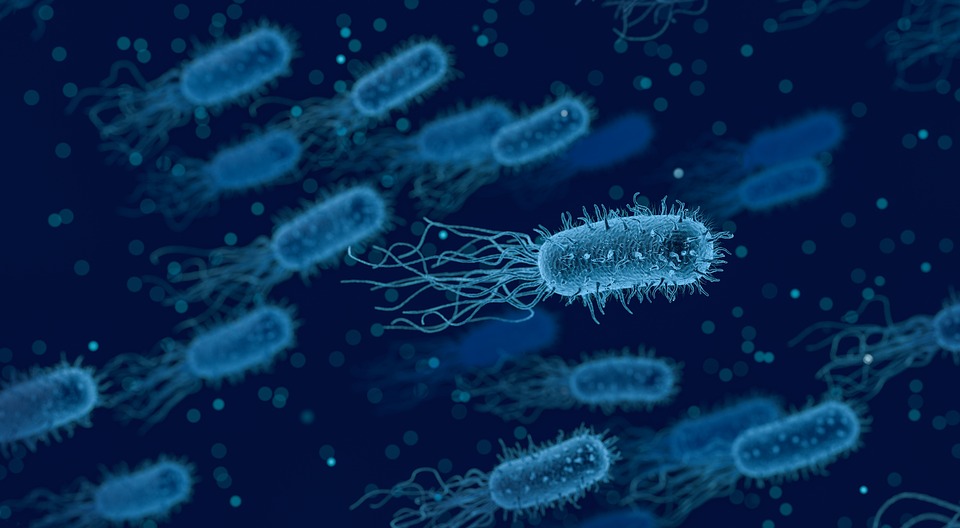Abstract
The spread of multidrug-resistance in Gram-negative bacterial pathogens presents a major clinical challenge, and new approaches are required to combat these organisms. Nitric oxide (NO) is a well-known antimicrobial that is produced by the immune system in response to infection, and numerous studies have demonstrated that NO is a respiratory inhibitor with both bacteriostatic and bactericidal properties. However, given that loss of aerobic respiratory complexes is known to diminish antibiotic efficacy, it was hypothesised that the potent respiratory inhibitor NO would elicit similar effects. Indeed, the current work demonstrates that pre-exposure to NO-releasers elicits a > tenfold increase in IC50 for gentamicin against pathogenic E. coli (i.e. a huge decrease in lethality). It was therefore hypothesised that hyper-sensitivity to NO may have arisen in bacterial pathogens and that this trait could promote the acquisition of antibiotic-resistance mechanisms through enabling cells to persist in the presence of toxic levels of antibiotic. To test this hypothesis, genomics and microbiological approaches were used to screen a collection of E. coli clinical isolates for antibiotic susceptibility and NO tolerance, although the data did not support a correlation between increased carriage of antibiotic resistance genes and NO tolerance. However, the current work has important implications for how antibiotic susceptibility might be measured in future (i.e. ± NO) and underlines the evolutionary advantage for bacterial pathogens to maintain tolerance to toxic levels of NO.
Introduction
For the last eight decades, antibiotics have been used to combat infectious diseases. However, their widespread use has led to the emergence of bacterial pathogens with increased resistance to antimicrobial agents, leading to an increase in mortality and morbidity. Recently, the emergence of multidrug-resistance (i.e. to three or more antibiotic classes) in Gram-negative pathogens has become a cause for concern, with several Gram-negative bacteria, including E. coli, found to be NDM-1 β-lactamase-producing (Walsh et al. 2011). These strains often carry many other resistant determinants resulting in extreme multidrug-resistant phenotypes (Yong et al. 2009). Of particular concern is bacteraemia caused by E. coli, where there are approximately 40,000 annual cases in England. Over one-third of these are caused by drug-resistant strains causing close to 5,000 deaths each year (Public Health England). An over-represented clonal group is E. coli ST131, a uropathogen first identified in 2008 (Nicolas-Chanoine et al. 2008) that is now globally disseminated in both hospital and community settings and has a high incidence of CTX-M-15 extended-spectrum β-lactamase (ESBL)-producing isolates (Croxall et al. 2011; Nicolas-Chanoine et al. 2014). Given the apparent ease with which multidrug-resistant E. coli are able to spread throughout the human population, it is important to understand elements of the host environment and bacterial physiology that could potentially subvert the efficacy of antibiotics. Indeed, the ability of a bacterium to respire has a profound impact upon antibiotic function and is, therefore, a major focus of the current study. A recent study has shown that the abolition of aerobic respiration (reviewed in (Stokes et al. 2019)), dramatically reduces the toxic effects of bactericidal antibiotics (Lobritz et al. 2015). It, therefore, seems reasonable that a potent respiratory inhibitor such as a nitric oxide (NO), which is produced by the host immune system during infection, would also impair antibiotic efficacy.
It is well-known that bactericidal antibiotics can induce cell death via activation of pathways that result in oxidative damage via elevation of aerobic respiratory rates (Dwyer et al. 2007, 2014; Foti et al. 2012), with superoxide production implicated as a key intermediate: superoxide causes destabilisation of iron-sulphur complexes (Imlay and Fridovich 1991; Keyer and Imlay 1996) which causes iron dysregulation and, more importantly, leaching of ferrous iron. Subsequent reactions of leached ferrous iron reduce hydrogen peroxide to toxic hydroxyl radicals via the Fenton reaction (Imlay et al. 1988). Although different bactericidal antibiotics have different modes of action, Kohanski and colleagues (Kohanski et al. 2007, 2010) identified that most are able to induce the formation of hydroxyl radicals which is thought to be linked to the aerobic respiratory chain. However, for aminoglycosides, there is significant evidence to support a link between the proton motive force and antibiotic toxicity that is independent of ROS formation: uptake of positively charged aminoglycosides is linked to the electrical component of the proton motive force, as transport into the cell is thermodynamically favourable as the charge component of the PMF will be dissipated upon antibiotic entry (Taber et al. 1987; Farha et al. 2018).
Aside from the potential role in disrupting the potency of antibiotics, the primary function of NO in the immune response is to act as a toxic antimicrobial to combat infection. Cellular targets for NO include thiols, metal centres, haem cofactors, and cysteine residues of proteins that are susceptible to S-nitrosylation (Fang 1997; Keszler et al. 2010). Bacteria have encountered NO in the gut and at the local site of infection for millennia, and have predictably evolved a variety of mechanisms to circumvent this toxicity (Shepherd et al. 2016), including detoxification systems to convert NO to less toxic substances, NO-tolerant respiratory oxidases, and mechanisms to repair damaged iron sulphur clusters. Hence, an assumption made in the current study is that bacterial exposure to NO and the evolution of resistance to this toxic molecule pre-dates the widespread exposure to antibiotics and the resultant emergence of antibiotic resistance. Given that loss of aerobic respiratory complexes had previously been shown to diminish the efficacy of various antibiotics (Lobritz et al. 2015), it was anticipated that the respiratory inhibitor NO would also diminish antibiotic susceptibility. If this could be demonstrated, we hypothesised that hyper-sensitivity to NO may have arisen in bacterial pathogens as a mechanism to promote the acquisition of antibiotic-resistance through enabling cells to persist in the presence of toxic levels of antibiotic (Fig. 1). Hence, the current work sought to investigate the relationship between NO tolerance/sensitivity and carriage of antibiotic resistance genes and to characterise the impact of NO upon the efficacy of conventional antibiotics against E. coli clinical isolates……







